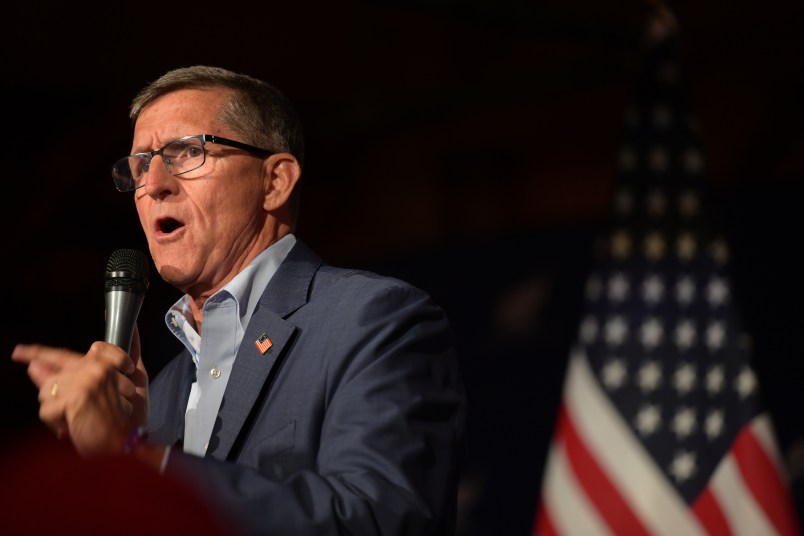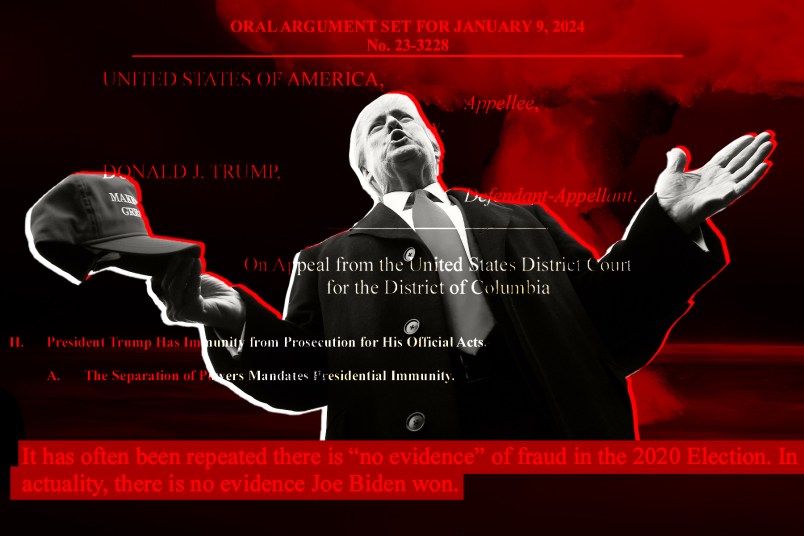As we noted yesterday, the Washington Post has published the documents turned over by the Corporation for National and Community Service to a Senate committee reviewing the White House’s firing of AmeriCorps IG. Conservatives had charged that the IG, Gerald Walpin, was canned for going too hard after an Obama ally.
We’ve taken a look through the documents, and it’s fair to say they offer a pretty clear picture of how and why the CNCS board lost confidence in Walpin. They jibe closely with what the White House and the board have already said — to us, among others — about the deterioration of the relationship between the IG and his agency. And they also make clear that this deterioration had begun long before the Obama administration existed.
Here are the key nuggets we’ve picked out from the 33 documents:
* Walpin clashed with CNCS General Counsel Frank Trinity over how to handle improper end-of-term service hour certifications for AmeriCorps members. An April 2008 memo by Trinity accuses Walpin of not correctly following the law on the issue.
* An email from Trinity to other agency employees about the May 2008 parody newsletter put out by Walpin’s office — which, according to the Washington Post, “included racial and sexually-themed jokes” — makes clear that Trinity saw the newsletter as a potential violation of workplace harassment rules, and asked Walpin to “review and take appropriate action” over the issue. Corporation members have said Walpin did not do this, according to the Post.
* A string of emails from early 2009 shows that Walpin requested to telecommute from New York for part of the week, and was told by board members that doing so would weaken his effectiveness as IG. It appears that Walpin did indeed end up telecommting, despite the board’s clear indication that they didn’t support the idea. This issue was cited by the White House as being one of several reasons for Walpin’s dismissal.
* The board also included the April 2009 letter from the US Attorney to an overseer for inspectors general, lodging a formal complaint about Walpin’s behavior on the St. HOPE Academy probe. It criticizes Walpin for withholding information from the US Attorney’s office, and for speaking to the media about the case, and accuses Walpin of seeking “to act as the investigator, advocate, judge, jury and town crier.” This, too, was cited by the White House.
* There’s also a report submitted soon after by Walpin to Congress, in which he defends his actions in the St. HOPE case and accuses CNCS and the US Attorney’s office of having “another agenda — not that of protecting Corporation grant funds.”
* Another string of emails reveals a dispute between Walpin and Trinity over the legal status and reporting requirements of that special report submitted by Walpin to Congress. Walpin called Trinity’s inquiries, “another demonstration of the hostility you have repeatedly expressed.”
* Walpin’s performance at a May 20 board meeting has already been cited by the board as having exacerbated their concerns about him. Several accounts of the meeting back this up. In a memo describing the meeting, Trinity wrote:
For the next ten minutes, during back and forth between Mr. Walpin and Board members, there were long pauses in the discussion while Mr. Walpin reviewed his notes. It did not appear that he was able to process the information on his notes for lengthy periods of time; he would flip the notes and then stop flipping without ever saying anything more from the notes. I was sitting right next to Mr. Walpin and I thought he might be experiencing some type of medical event, perhaps a mini-stroke or series of mini-strokes. I was concerned for his health. Once he finished his presentation, he was unable to engage substantively with the Board on any questions they raised; he simply argued that what they were saying was not the case.
Board chair Alan Solomont wrote that Walpin “seems totally confused.”
And another board member, Eric Tannenblatt, wrote: “I wonder if we should shut down the discussion due to the IG’s obvious confusion and let the record reflect so.”
* In a letter to Sen. Charles Grassley (R-IA), who had requested more information on the firing, the board wrote:
Over an extended period o f time, we observed how Gerald Walpin’s effectiveness as Inspector General significantly diminished. Without an IG who can focus time and energy on areas of greatest risk, we are hampered in effectively discharging our responsibilities to you and your colleagues. Our concerns became paramount after an event in May involving the full Board of Directors that caused us collectively to question Mr. Walpin’s ongoing ability to carry out his duties. As a result, the entire Board unanimously asked our Chair to convey our concerns to the White House. We support the President’s decision to remove Mr. Walpin.
* In a letter to Sen. Harry Reid, the board explained their concerns about Walpin’s habit of making critical public comments about the St. HOPE investigation:
The fundamental concern of the Inspector General appears to be that he was not consulted during the final week of the settlement discussions. As fully reflected in the referral of Mr. Walpin’ s conduct to the Integrity Committee by the Acting United States Attorney, and as further documented by the attachments to this letter, Mr. Walpin’s limited involvement in management’s deliberative process in the final stages of settlement discussions was the direct result of his own conduct during the course of the St. HOPE matter. Specifically, Mr. Walpin had a marked propensity to make questionable comments on this matter in the media (against the specific direction of the United States Attorney), and to fail to disclose pertinent information to officials who must make decisions on behalf of the federal government.
You’ve got to assume that this mass of evidence has put to rest once and for all the line that this was a politicized firing — and indeed, the conservative outrage seems to have receded recently.
Though that may just be because they’ve moved on to their next whistle-blowing hero…
Research assistance by Versha Sharma








